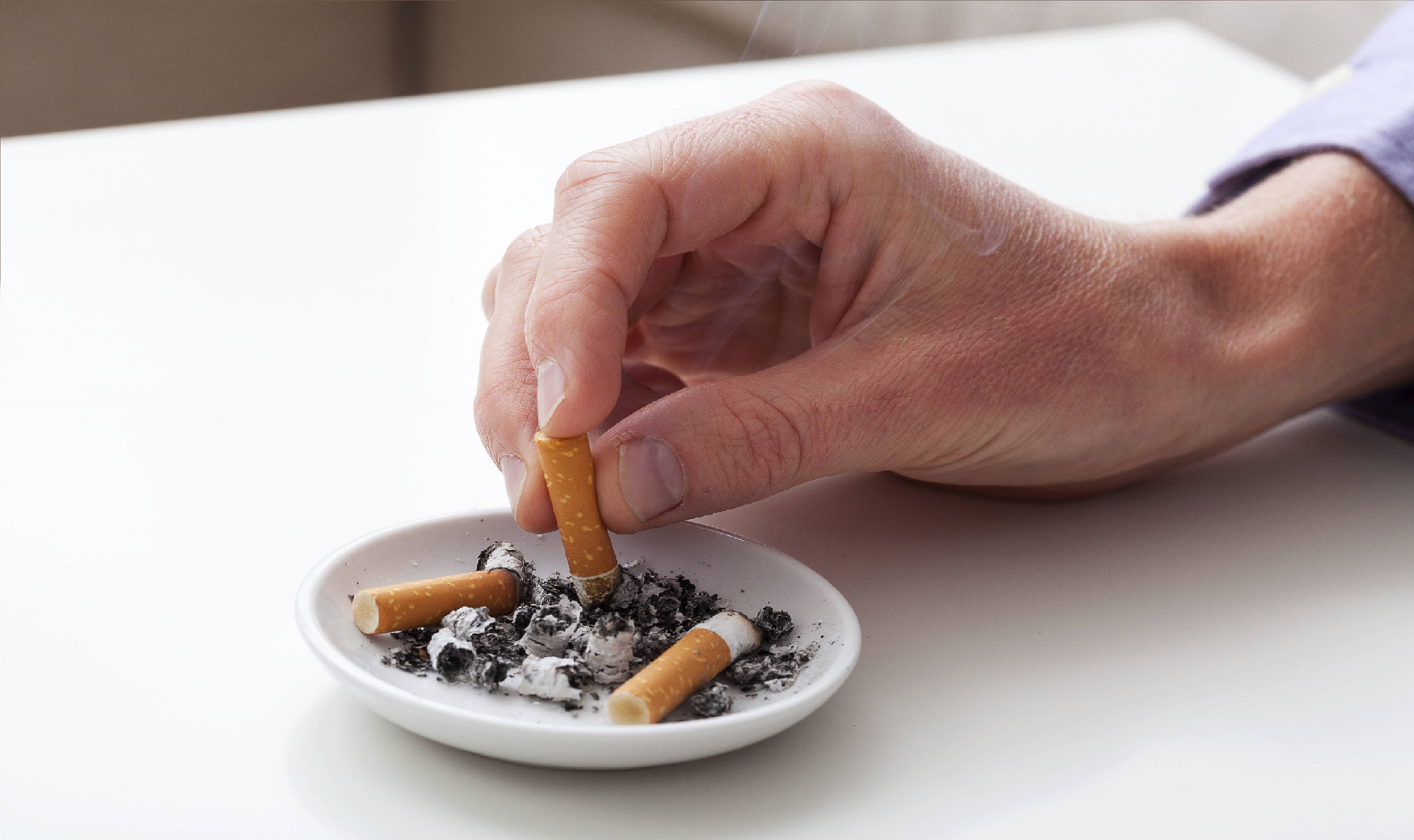In smoking households spending on tobacco usually contributes heavily to total household expenditure, imposing an unwanted burden on their budget.
Official figures indicate that almost 15% of Iranians (1.7% of all women and 23.3% of all men) are regular smokers. However, a far greater number smoke occasionally or have tried it at some point in their lives.
“Nearly 10 million people smoke 64 billion sticks of cigarette a year worth $34 million,” said Mohammad Hossein Barkhordar, former CEO of Iranian Tobacco Company, Salamat News website reported.
According to the last Iranian Household Expenditure Survey released by the Central Bank of Iran (CBI) in December 2014, per capita expenditure on tobacco products has increased fourfold over the past decade to reach $32. That is while annual per capita expenditure on dairy products is only $28-32.
On average, each Iranian consumes 70-80 kg of dairy products per year (a liter of milk costs less than half a dollar) which means Iranians on average spend the same amount of money on tobacco as they do on dairy in the best case scenario.
Smoking expenditure can result in decreased household spending on other items including food, home repair, leisure activities, and education. A typical Iranian family spends $22 for home repair and $8 for hotel stays per year.
In other words, over the course of a year, smokers spend four times more on tobacco than on hotel stays and 1.5 times more for tobacco than housing repair; however, they have to spend 16 times more for healthcare than for tobacco.
Health Implications
According to Salamat News, tobacco use is higher among low-income families and tobacco can exacerbate poverty among users and their families.
According to figures released by the Health Ministry, annually more than 333,000 Iranians lose their lives due to tobacco-related diseases including different types of cancer, cardiovascular conditions, and respiratory problems.
Smoking is the direct cause of 90% of lung cancers, 75% of respiratory diseases, 50% of cardiovascular diseases, 40% of all cancers, and about 12% of all premature deaths. Tobacco consumption remains unbeaten as the second leading cause of death in Iran. Close to 30% of children below five years are exposed to tobacco smoke.
There are more than 4,000 chemicals in tobacco smoke, of which at least 250 are known to be harmful and more than 50 are known to cause cancer.
According to the World Health Organization, the tobacco epidemic is one of the biggest public health threats the world has ever faced, killing around 6 million people a year. More than 5 million of those deaths are the result of direct tobacco use while more than 600,000 are the result of non-smokers being exposed to second-hand smoke.
Tobacco users who die prematurely deprive their families of income, raise the cost of health care and hinder economic development. Earlier this year, Health Minister Hassan Ghazizadeh Hashemi said the government spends more than 3 times the cost of smoking to treat smoking-related diseases.
Top Consumers
In May 2014, the WHO warned in a report that within the next 40 years Egypt, Iran, and Pakistan would be the top growth countries with respect to tobacco consumption worldwide. The Eastern Mediterranean region has the second lowest average for cigarette prices.
Smoking prevalence has reached as high as 50% among young males and females aged 13–15 years in Iran and some other countries in the region, while the increasing waterpipe (hookah) consumption has placed the Eastern Mediterranean region second globally in male tobacco use, following the Western Pacific.
“In some countries a cigarette pack can be sold for less than one US dollar,” the report cited Dr. Ala Alwan, WHO Regional Director for the Eastern Mediterranean as saying. That holds true in Iran.
Higher Taxes Not Effective
According to WHO, increasing the retail price of tobacco products through higher taxes is the single most effective way to curb consumption and compel tobacco users to quit.
The global Framework Convention on Tobacco Control argues that higher taxes on tobacco will raise more revenue for governments and health programs; reduce the number of smokers, cut avoidable diseases, increase economic productivity and lead to healthier communities and healthier economies. This is the simple logic behind one of the United Nations’ key strategies for financing the post-2015 Sustainable Development Goals.
The WHO has repeatedly asked Iran to raise the retail tax on tobacco, but tobacco tax in the country remains low, despite a recent — albeit slight — increase.
In April 2016, the parliament passed a bill to increase the retail prices of cigarettes according to which, the prices of imported brands were increased by 500 rials (about 1.4 cents) for each cigarette. For joint production and domestically-produced brands, the increases were 350 rials (1 cent) and 100 rials (0.3 cents), respectively.
Experts and producers have objected to the increase in taxes, saying that the hike in prices would only compel people to switch to cheaper illegal brands or low quality, cheaper forms of tobacco consumption.


